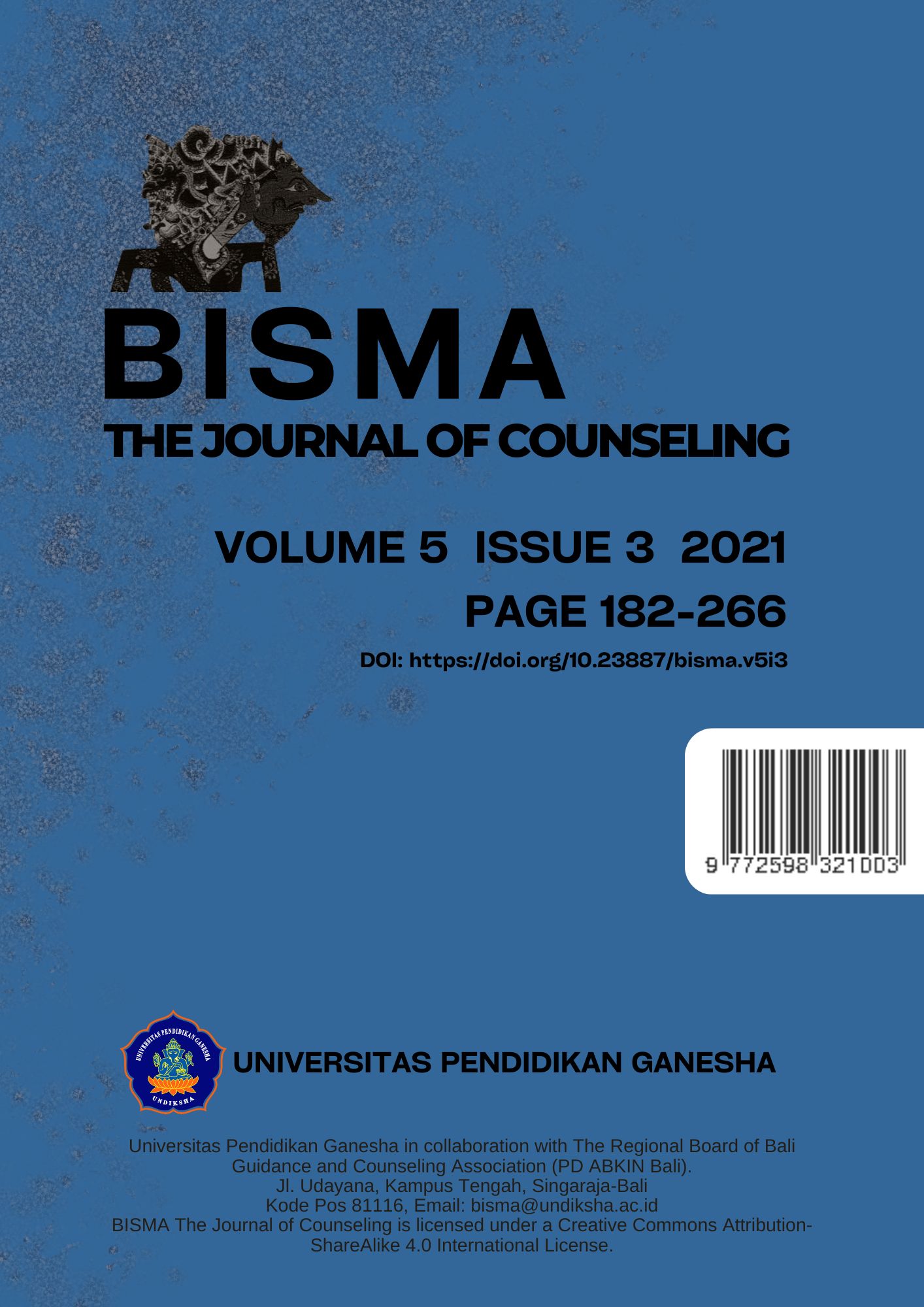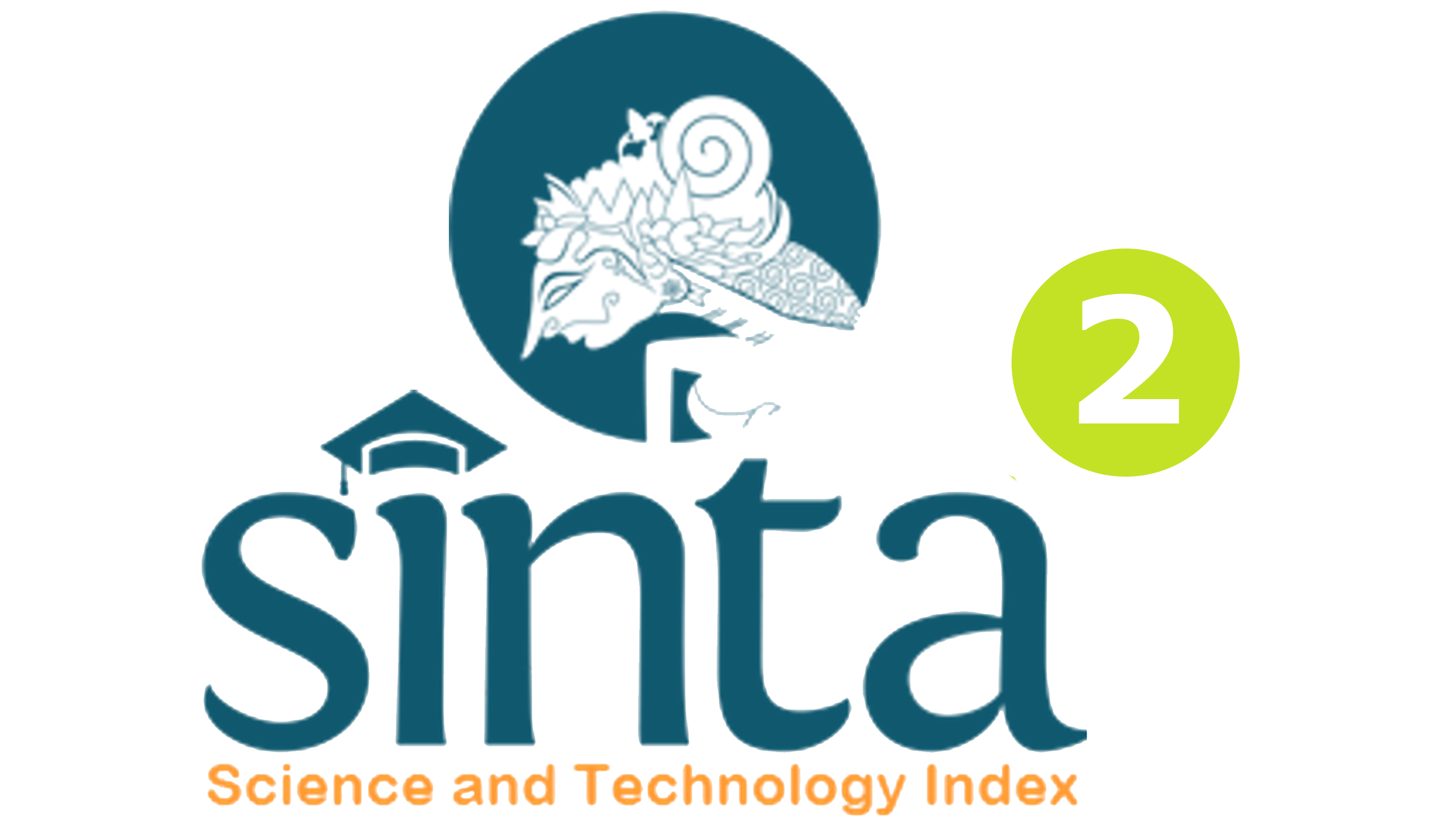Career Guidance Services to Form a Career Identity for Vocational High School Students
DOI:
https://doi.org/10.23887/bisma.v5i3.42407Keywords:
Career Guidance, Career Identity, Vocational School Students.Abstract
Constraints and obstacles experienced by Vocational High School (SMK) students in the academic field are not only about the lack of information about the world of work or higher education, but the ability of SMK students in preparing their careers is still relatively low, students do not yet have a clear picture of their abilities, interests, and abilities. their goal. The purpose this a research is to form the career identity of students through career guidance services. This study uses descriptive qualitative research methods through Counseling Guidance Actions (PTBK). Data analysis was obtained from observations, interviews, and documentation. Based on the results of interviews and observations in this study, there is a significant difference between before and after being given career guidance actions to form career identities for class XII students of SMK Darussalam Blokagung Tegalsari Banyuwangi. Thus, students have a change in career identity after being given career guidance services, so it can be concluded that career guidance services can be used to form an identity in students' careers.
References
Arikunto, S. 2008. Prosedur Penelitian Suatu Pendekatan Praktik. Jakarta: Rineka Karya.
Arikunto. 2014. Prosedur Penelitian. Jakarta : PT. Rinek Cipta.
Barnett, RV (2019). Membantu Remaja Menjawab Pertanyaan “Siapakah Saya?”: Perkembangan Kognitif di Remaja. 2005(15), 3.
Colley, H. (2005). Apakah Kita yang Memilih Karir atau Mereka yang Memilih Kita?: Pertanyaan Tentang Pilihan Karir, Transisi, dan Inklusi Sosial. Vejleder Forum,4, 50-61.
Farida Aryani, Muhammad Ilham Bakhtiar, “Career Day Bagi Siswa dan Guru SMA Bimbingan Konseling”, MATAPPA: Jurnal Pengabdian Kepada Masyarakat, Vol. 1, No.1, (maret 2018), 12-17.
Hamilton, VE, & Marcinkus, MW (2011). Keluarnya Karir Wanita Profesional Yang Sudah Menikah: Mengintegrasikan Identitas dan Jejaring Sosial. Gender dalam Manajemen: Sebuah Jurnal Internasional.
Iip Istirahayu, dkk, “Bimbingan Karir Terhadap Pemilihan Studi Lanjut Siswa Kelas XII”, Jurnal Bimbingan dan Konseling Terapan, Vol. 2, No. 2, (Mei 2018), 139-144.
J. W. Santrock, Adolescence: Perkembangan Remaja, Terj : Shinto B. Adelar & Sherly Saragih. Jakarta: Erlangga, 2003.
Jarkawi Jarkawi, Akhmad Rizkhi Ridhani, dan Didi Susanto: “Strategi Bimbingan dan Konseling Karier Bermutu pada Sekolah Menengah Kejuruan Syuhada Banjarmasin”, Jurnal Kajian Bimbingan dan Konseling, Vol. 2, No. 3, (September 2017), 123-131.
John W. Santrock (2007). Perkembangan Anak. Jilid 1 Edisi Kesebelas. Jakarta: PT. Erlangga.
Marcia, JE (1993). Pendekatan Status Identitas Ego untuk Identitas Ego. Dalam JE Marcia, AS Waterman, DR Matteson, SL Archer, & JL Orlofsky (Eds.), Identitas Ego: Buku Pegangan untuk Penelitian Psikososial (hlm. 3–21). New York, NY: Springer.
Michael A. Purwoadi dan Wenwen Ruswendi. (2005). Kutahu: Prototipe Perangkat Lunak Pendukung Pembelajaran Melalui Jaringan Elektronik. Bandung: Prosiding Konferensi Nasional Teknolofi Informasi Dan Komunikasi Indonesia ITB.
Musfiqoh. (2012). Paduan Lengkap Metodologi Penelitian Pendidikan. Jakarta: Prestasi Pustaka.
Nazar, G., & Heijden, BIJM van der. (2012). Identitas Karir dan Dampaknya Terhadap Persepsi Diri Sendiri Kerja di Antara Manajer Paruh Baya Laki-Laki Chili. Pengembangan Sumber Daya Manusia Internasional, 15(2), 141-156.
Pielouw, F. J. Dan Nursalim, M. 2013. Hubungan antara pengambilan keputusan dengan kematangan emosi dan self-efficacy pada remaja. Jurnal ilmiah. Universitas Negeri Surabaya.
Porfeli, EJ, Lee, B., Vondracek, FW, & Weigold, IK (2011). Sebuah ukuran multi-dimensi dari status identitas kejuruan. Jurnal Remaja, 34(5).
Smitina, Agita. (2008). Risiko Siswa jatuh dan Kaitannya dengan Identitas Kejuruan. Universitas Latvia, Riga.
Sulaeman, Dadang. 1995. Psikologi Remaja. Bandung: Mandar Maju. hal 95-96
Super, D. (1990). Pendekatan rentang hidup, ruang hidup untuk pengembangan karier. In D. Brown, & L. Brooks, Pilihan dan pengembangan karir (edisi ke-2, hlm. 197 – 261). San Francisco, CA: Jossey Bass
Tika, Pabundu, Moh. 2006. Metodologi Riset Bisnis. Jakarta : PT. Bumi Aksara.
Walgito, Bimo. (2010). Bimbingan dan Konseling Studi Karir. Yogyakarta: Andi
Xu, H., & Lee, JC-K. (2019). Menjelajahi Pengaruh Kontekstual pada Identitas Karir Remaja Formasi: Studi Kualitatif Siswa Sekolah Menengah Hongkong. Jurnal Pengembangan Karir, 46(3), 219–234.









